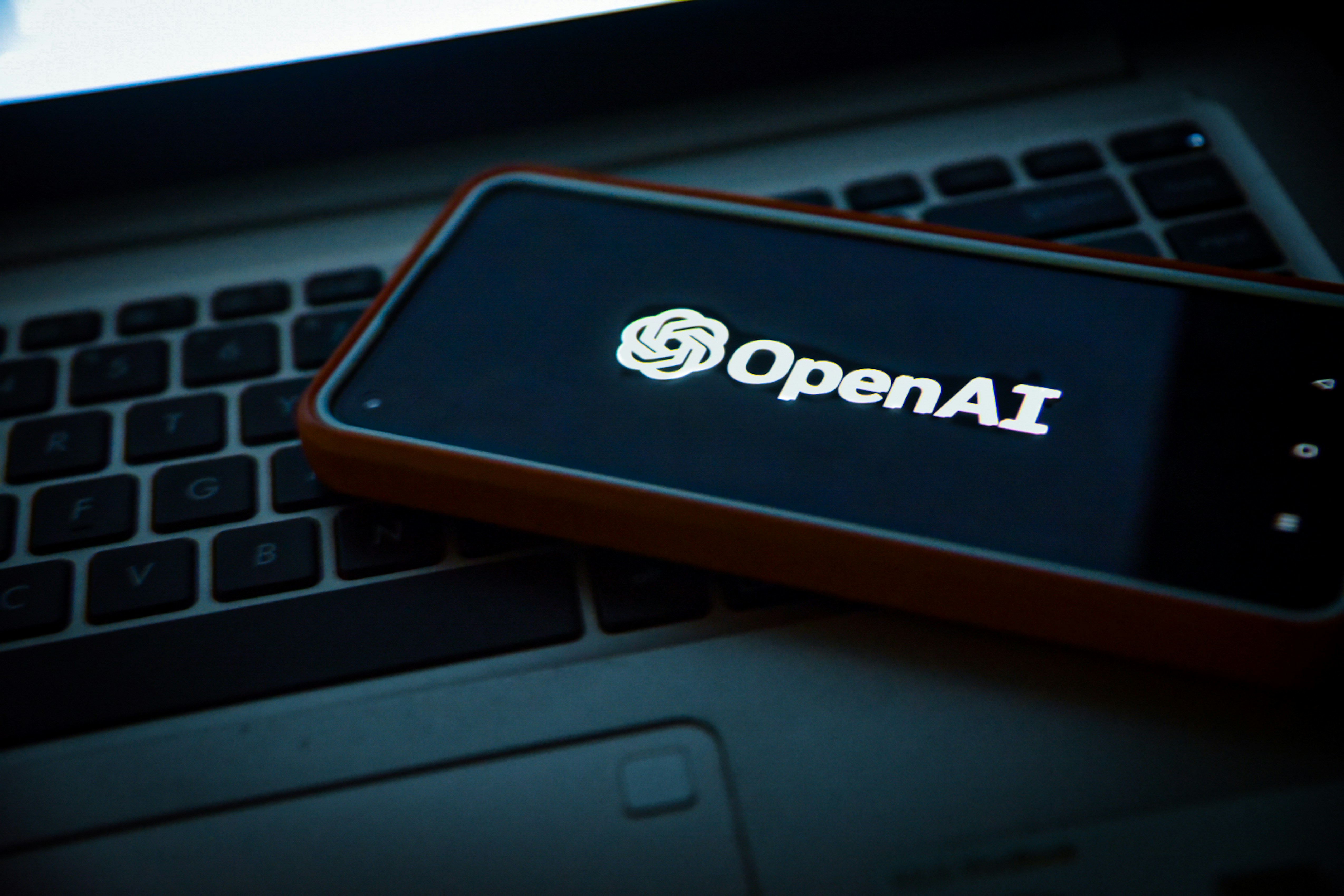OpenAI Invests $3 Billion in New AI Coding Tool 'Windsurf'
OpenAI announces a substantial investment in developing 'Windsurf,' an AI tool aimed at revolutionizing software development.
Wednesday, May 7, 2025
OpenAI has announced a groundbreaking $3 billion investment in Windsurf, a next-generation AI-powered coding assistant poised to redefine software development. The tool, which integrates GPT-5’s reasoning capabilities with real-time debugging, code optimization, and cross-platform deployment features, aims to automate up to 80% of routine coding tasks while enabling developers to focus on innovation. The move intensifies competition with GitHub Copilot, Google’s Project IDX, and Amazon CodeWhisperer, signaling a seismic shift in how software is built, tested, and scaled.
Windsurf’s Technical Capabilities
Core Features:
Autonomous Code Generation: WindSurf converts natural language prompts (e.g., “Build a REST API with Python authentication”) into production-ready code, including unit tests and API documentation.
Real-Time Debugging: Leverages a proprietary “CodeTrace” algorithm to identify and fix bugs 40% faster than human developers, per OpenAI benchmarks.
Multi-Language Support: Seamlessly translates code between Python, JavaScript, Rust, and Solidity, reducing legacy system migration costs.
Cloud-Native Integration: One-click deployment to AWS, Azure, and Google Cloud, with automated resource optimization to slash cloud spending by 25–30%.
Underlying Architecture:
Trained on 45 trillion lines of code from open-source repositories and licensed proprietary datasets.
Utilizes a sparse mixture-of-experts (MoE) model, enabling faster inference while reducing computational costs by 60% compared to GPT-4.
Strategic Investment and Partnerships
Microsoft’s Role: As part of a $3 billion co-investment, WindSurf will natively integrate with Azure DevOps and GitHub, replacing Copilot for 90% of Microsoft’s enterprise clients by 2025.
Developer Ecosystem Incentives:
Startup Grants: $500 million allocated to subsidize WindSurf adoption for early-stage tech firms.
Open-Source Pledge: Free access for non-commercial projects, with a revenue-sharing model for monetized apps.
Market Disruption and Competitive Landscape
Challengers:
GitHub Copilot: Struggling with **20/month/user∗∗pricing,Microsoft’stoolnowrisksobsolescenceasWindSurfoffersa20/month/user∗∗pricing,Microsoft’stoolnowrisksobsolescenceasWindSurfoffersa50/month “Teams” tier with enterprise-grade security.
Google Project IDX: Focused on browser-based coding, lacks WindSurf’s cross-platform deployment and debugging depth.
Amazon CodeWhisperer: Strong in AWS integration but limited to 15 programming languages vs. WindSurf’s 40+.
Projected Impact:
Productivity Gains: OpenAI claims WindSurf could reduce app development timelines from 6 months to 6 weeks for mid-sized projects.
Labor Market Shifts: Gartner predicts 30% of entry-level developer roles will be automated by 2026, though demand for AI-savvy engineers will surge by 200%.
Ethical and Technical Challenges
Code Plagiarism Risks:
WindSurf’s training data includes GitHub’s public repos, raising concerns about inadvertent IP theft. OpenAI introduced a “CodeFingerprint” tool to detect licensing conflicts, but critics argue it’s insufficient.
The Software Freedom Conservancy has threatened litigation, citing GPL violations.
Security Vulnerabilities:
A Stanford study found AI-generated code contains 2.4x more security flaws than human-written code. WindSurf’s “GuardRails” module claims to mitigate this via static analysis, but skeptics remain.
The U.S. Cybersecurity and Infrastructure Security Agency (CISA) issued warnings about over-reliance on AI coding tools for critical infrastructure.
Job Displacement Fears:
Backlash: Stack Overflow’s developer survey found 68% fear WindSurf will devalue their skills. Protests erupted at Google I/O, with engineers holding signs like “AI Won’t Debug My Mortgage.”
Upskilling Push: OpenAI partnered with Coursera to launch free WindSurf certification courses, aiming to reskill 1 million developers by 2025.
Industry Reactions
Satya Nadella (Microsoft CEO): “WindSurf is the Visual Studio of the AI era—a tool that democratizes coding while elevating human creativity.”
Linus Torvalds (Linux Creator): “This isn’t innovation; it’s auto-complete on steroids. Real problem-solving still requires human genius.”
Sarah Guo (Conviction VC): “WindSurf will birth a new class of ‘AI-augmented engineers’ who build companies 10x faster.”
Future Roadmap
Q1 2024: Beta launch for Fortune 500 companies, including Meta and Salesforce.
Q3 2024: Integration with NVIDIA’s AI Workbench for GPU-accelerated model training.
2025: WindSurf API for custom enterprise LLMs, enabling firms to train domain-specific coding assistants (e.g., “BankSurf” for fintech).
Conclusion
OpenAI’s $3 billion bet on WindSurf epitomizes Silicon Valley’s relentless pursuit of automation-driven efficiency. While the tool promises to democratize software development and compress innovation cycles, it also forces a reckoning with the ethics of AI dependence and the future of technical labor. As developers grapple with this new reality, one truth emerges: The codebase of tomorrow will be written not just in Python or Java, but in the language of human-AI symbiosis.




